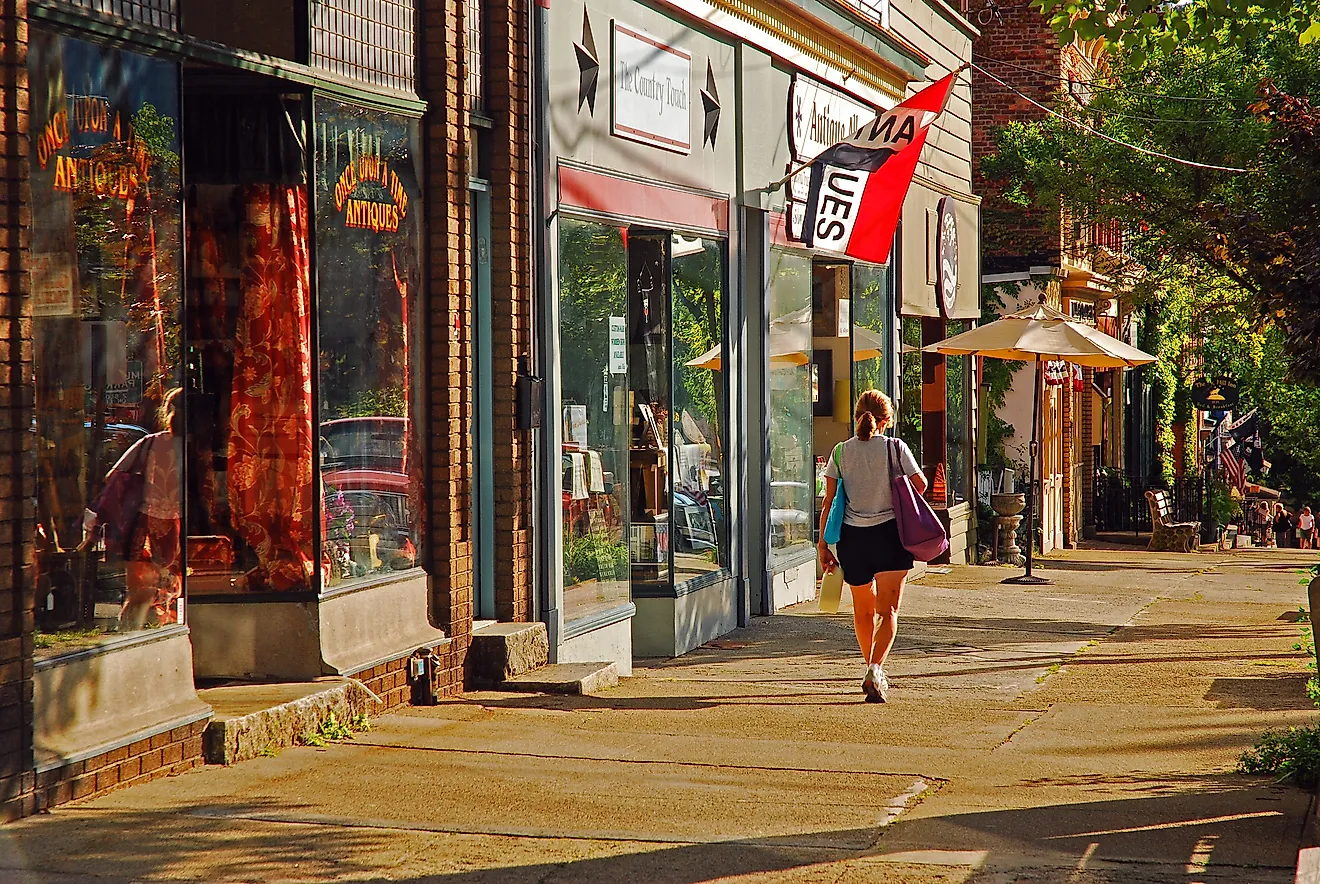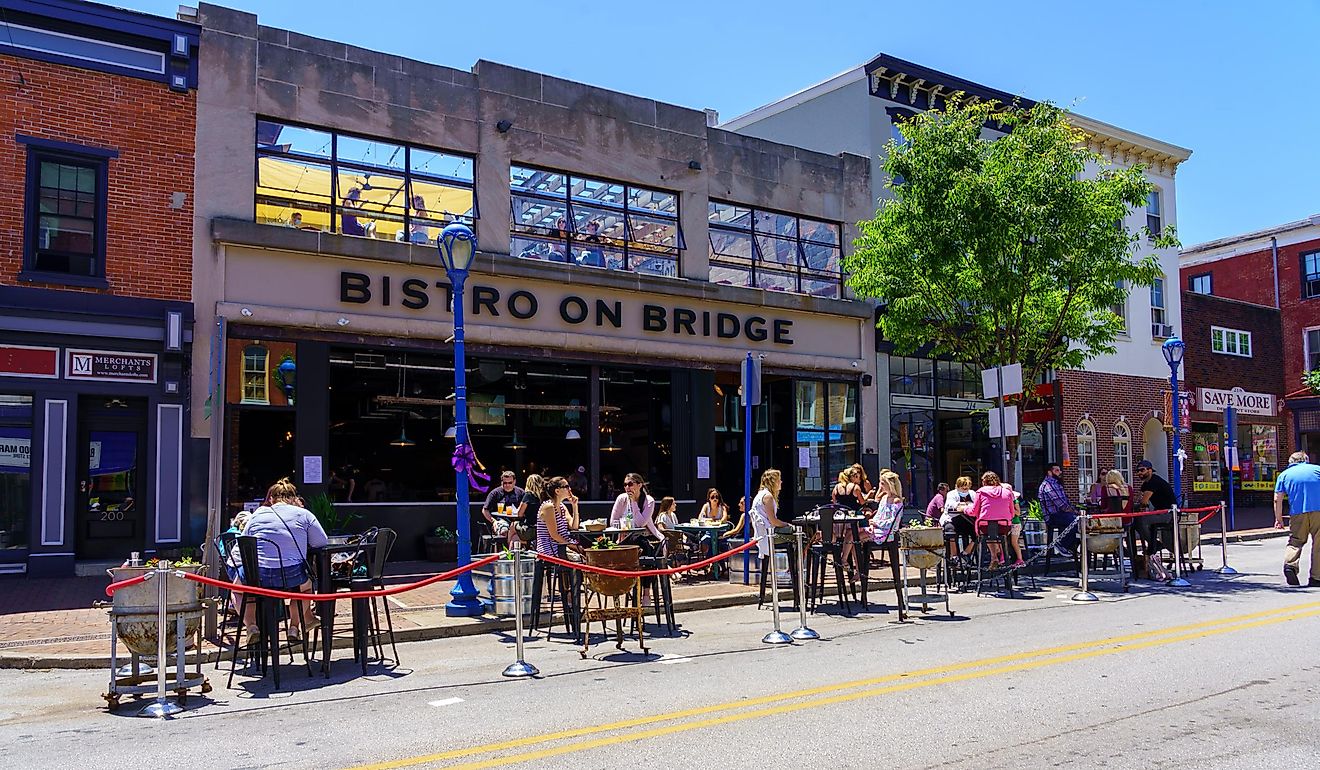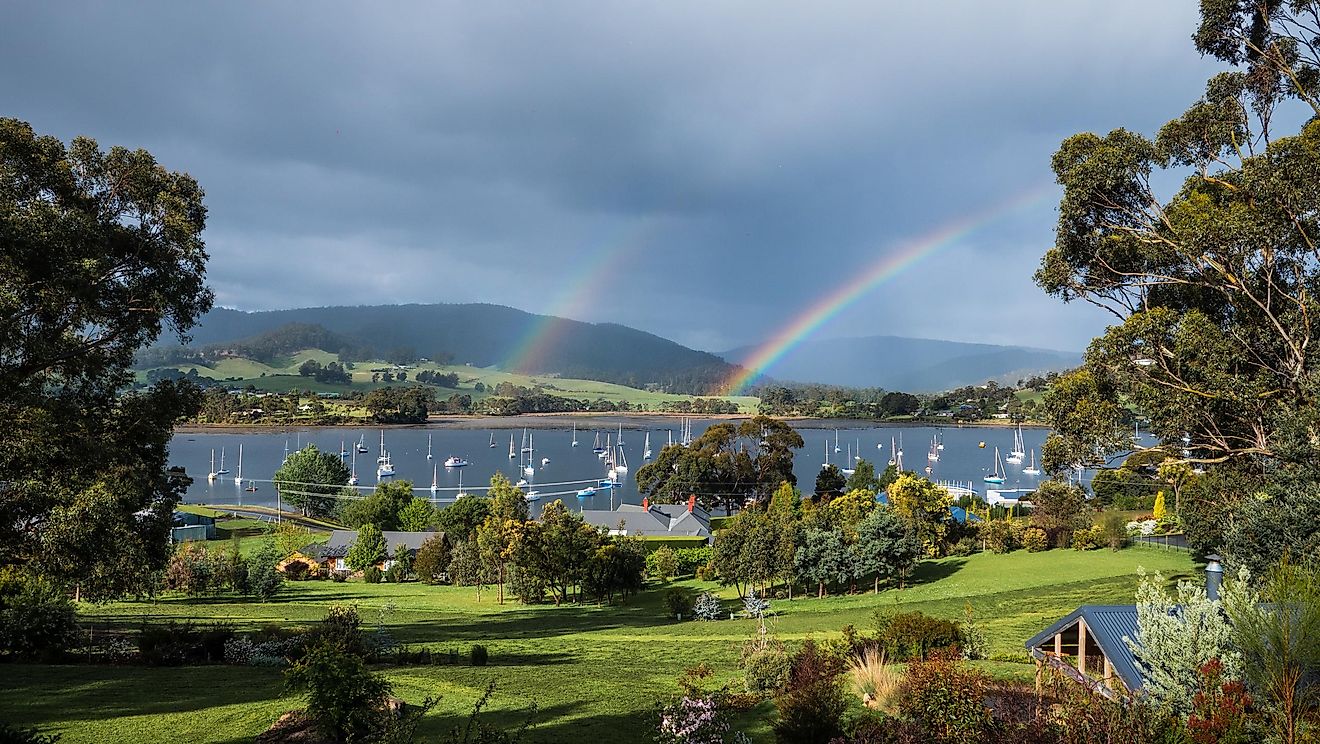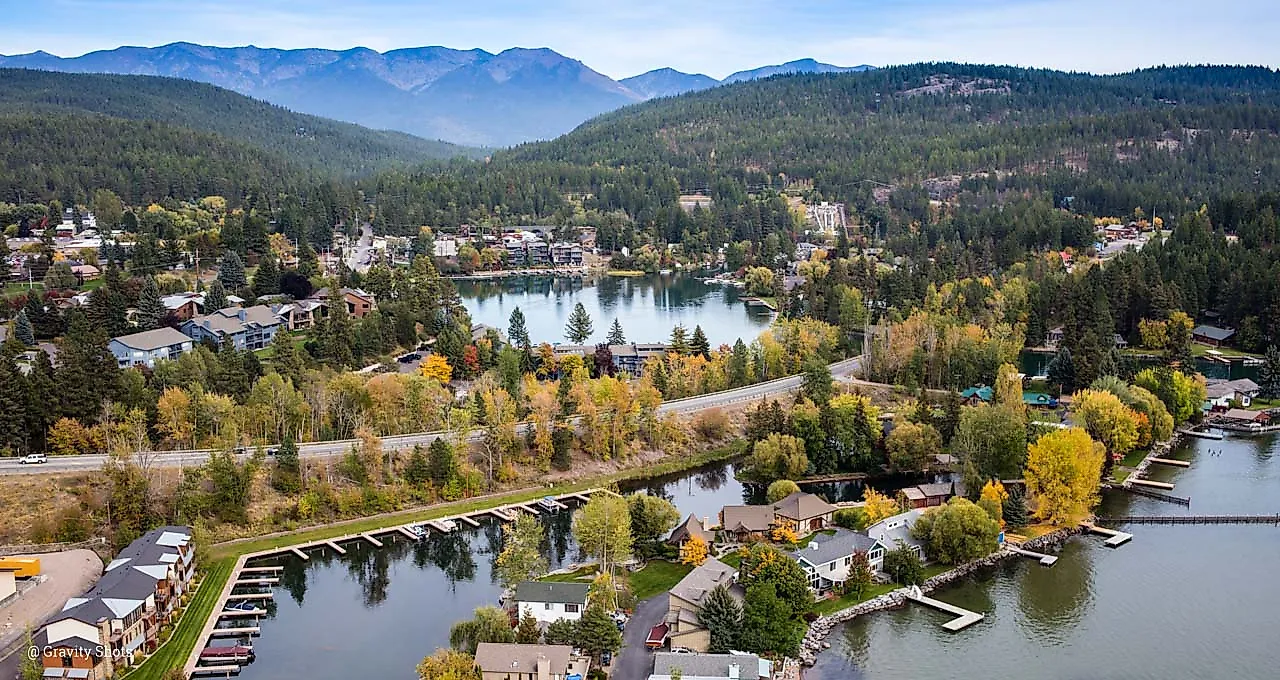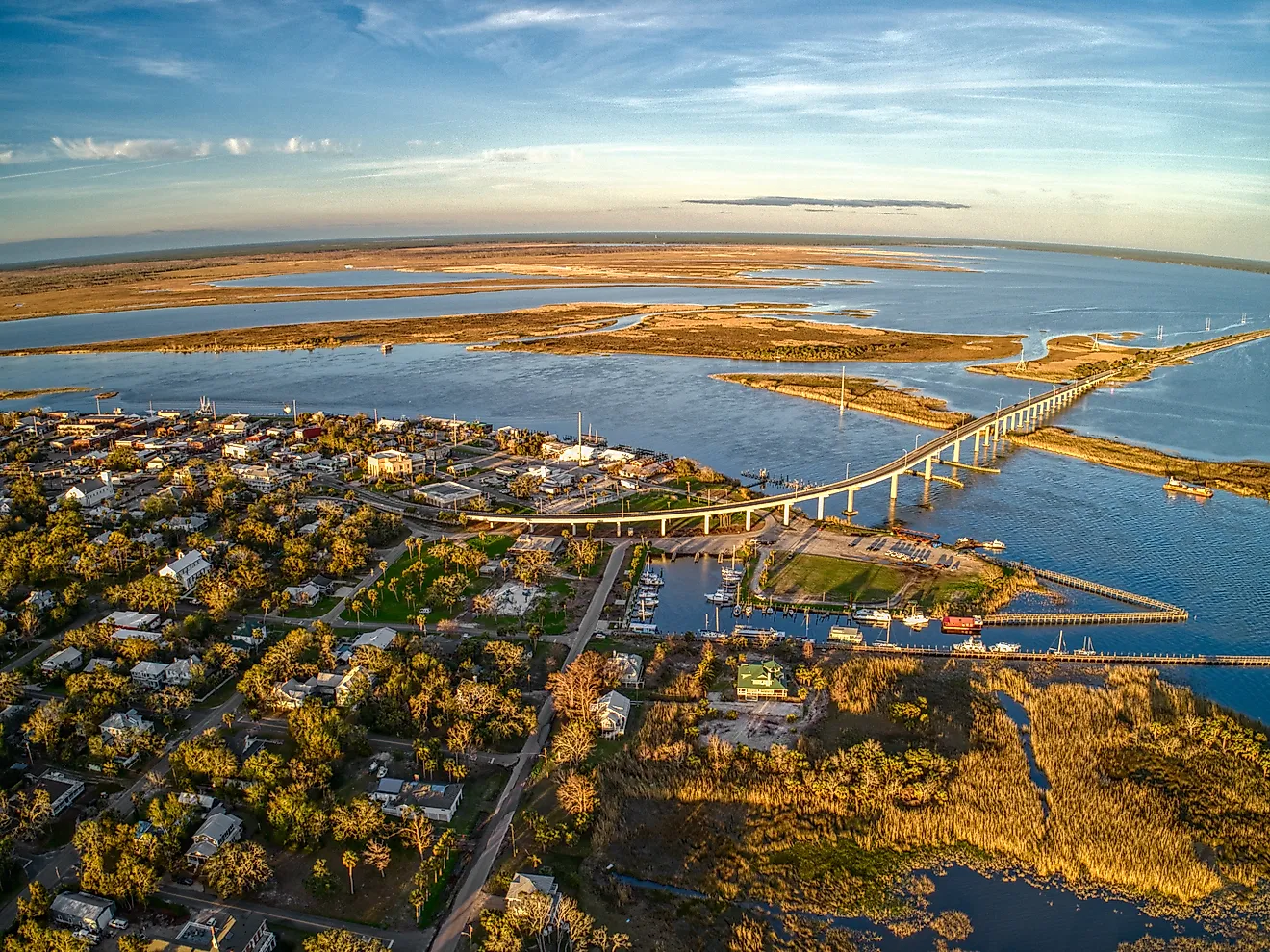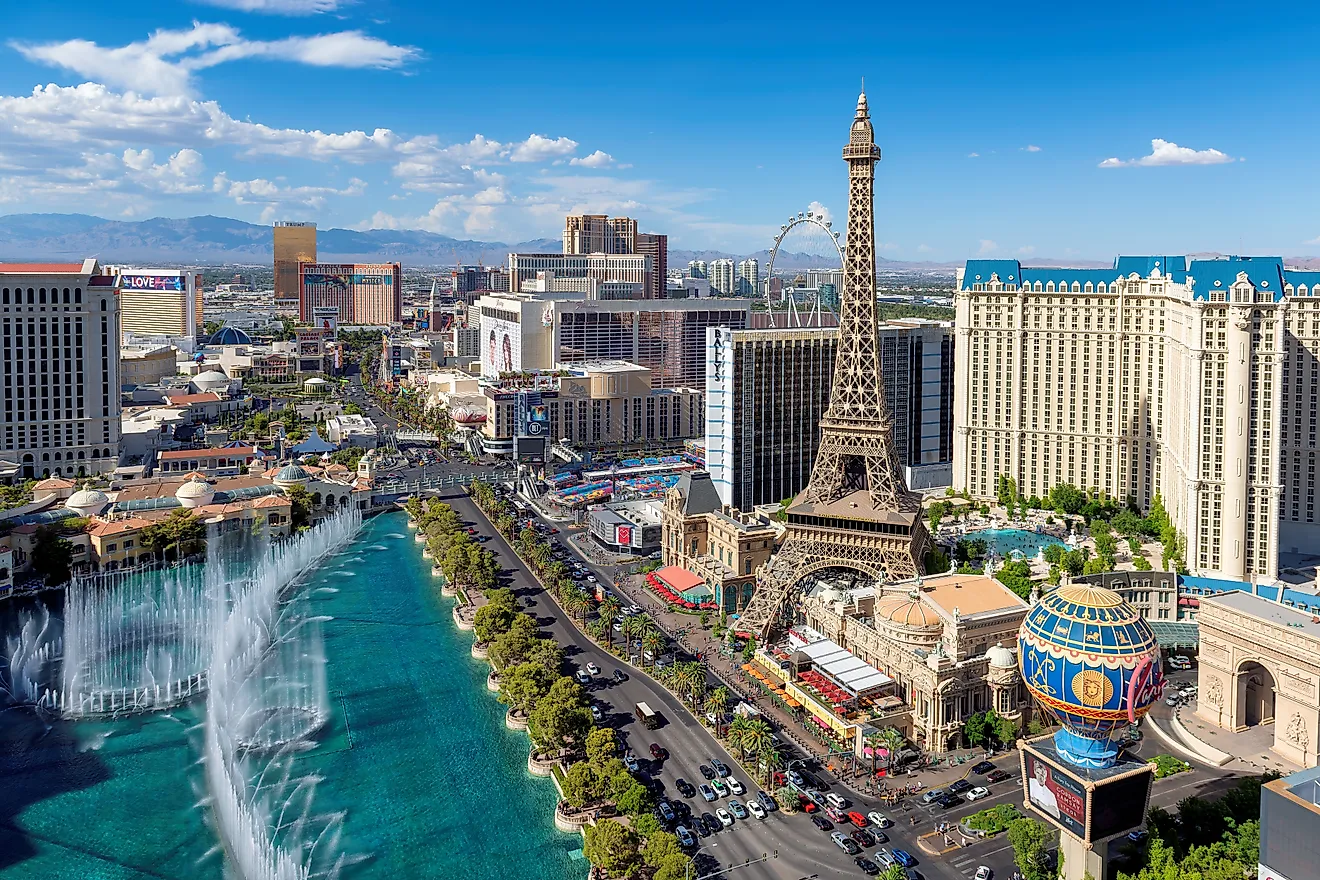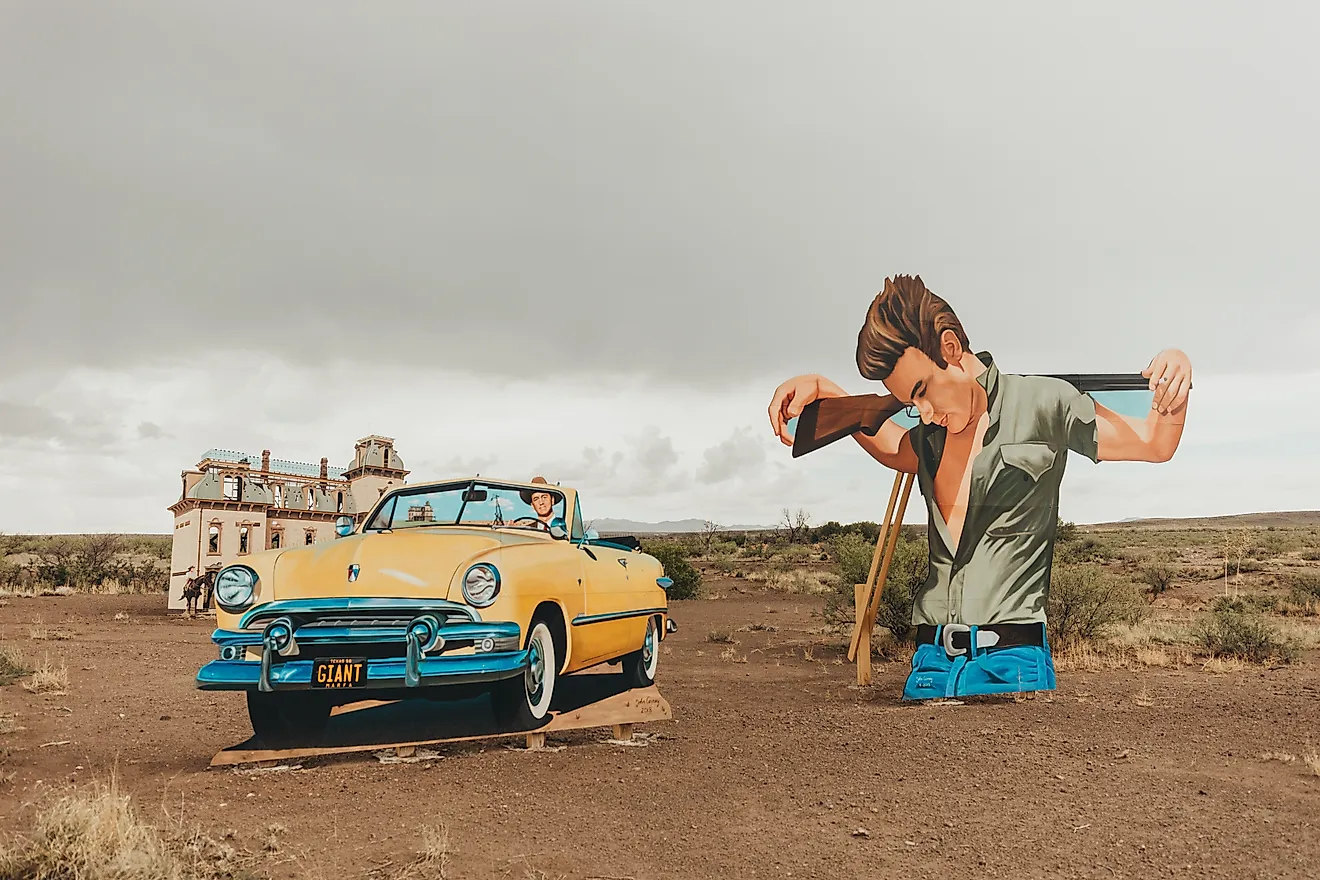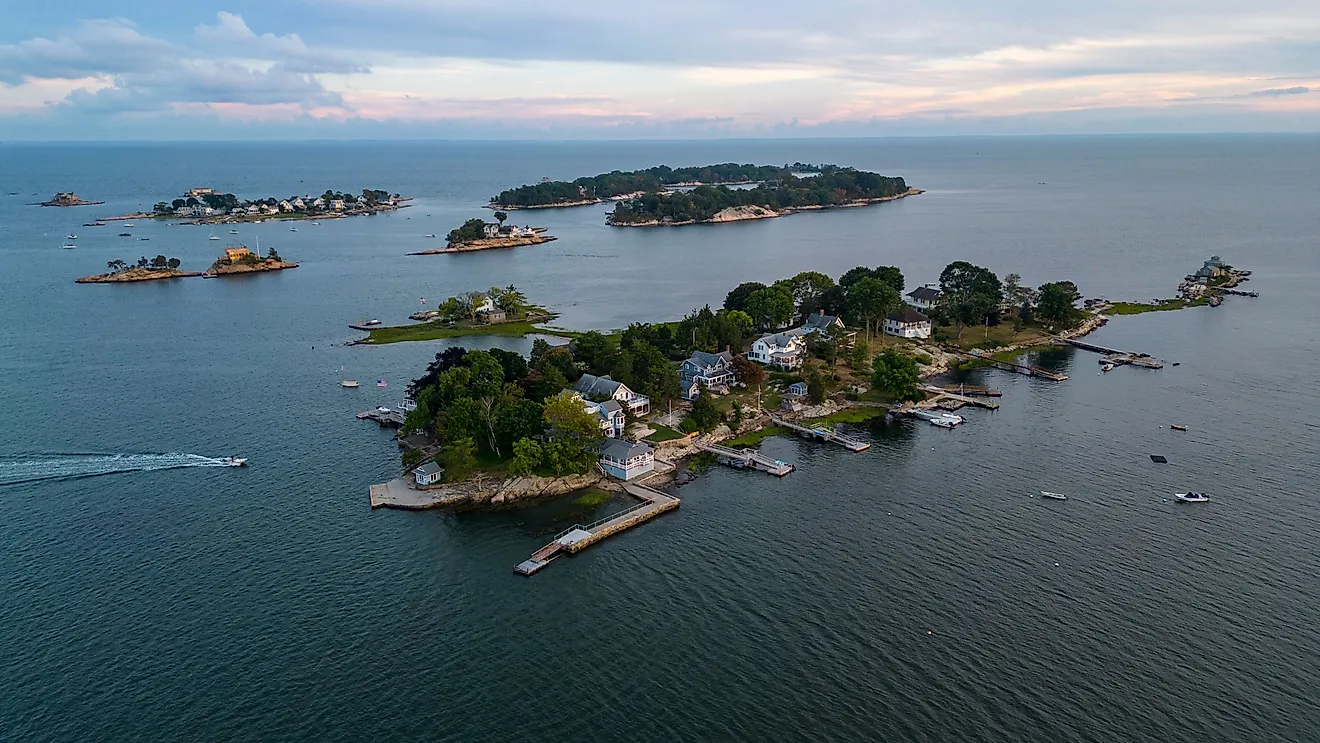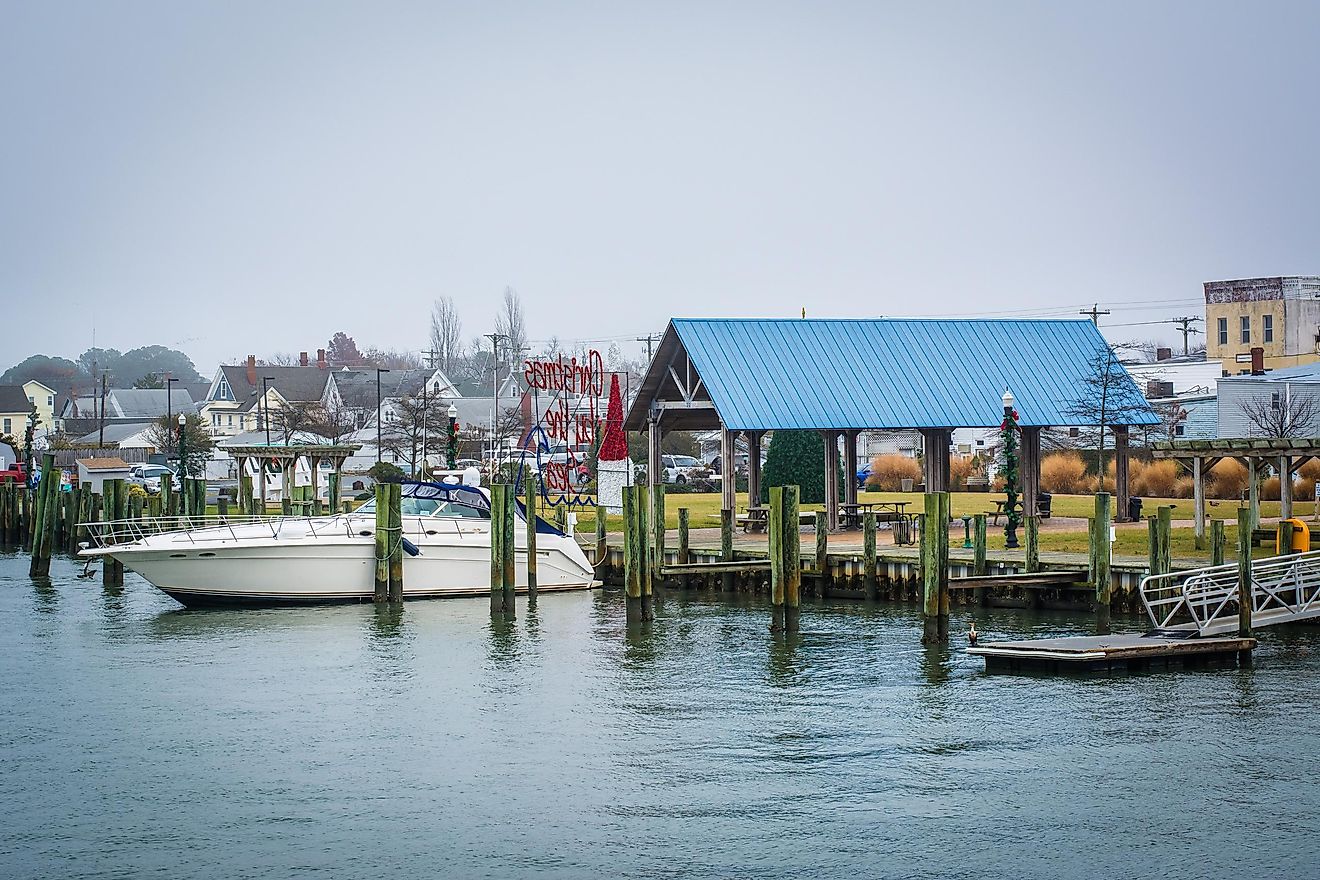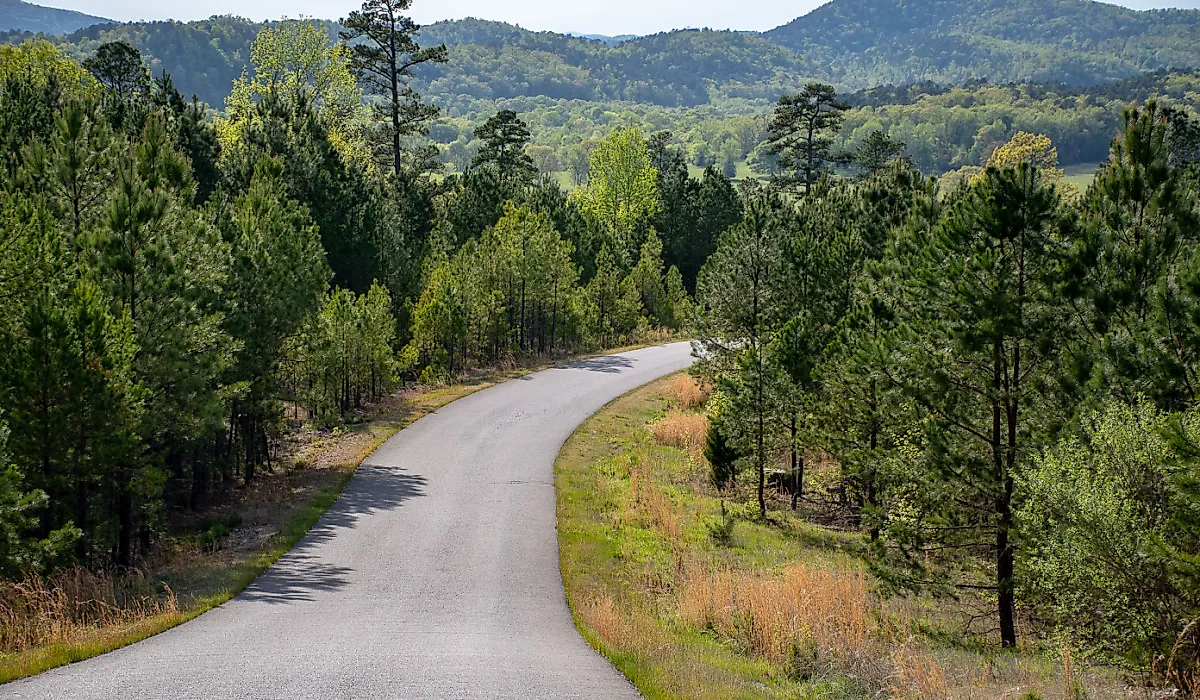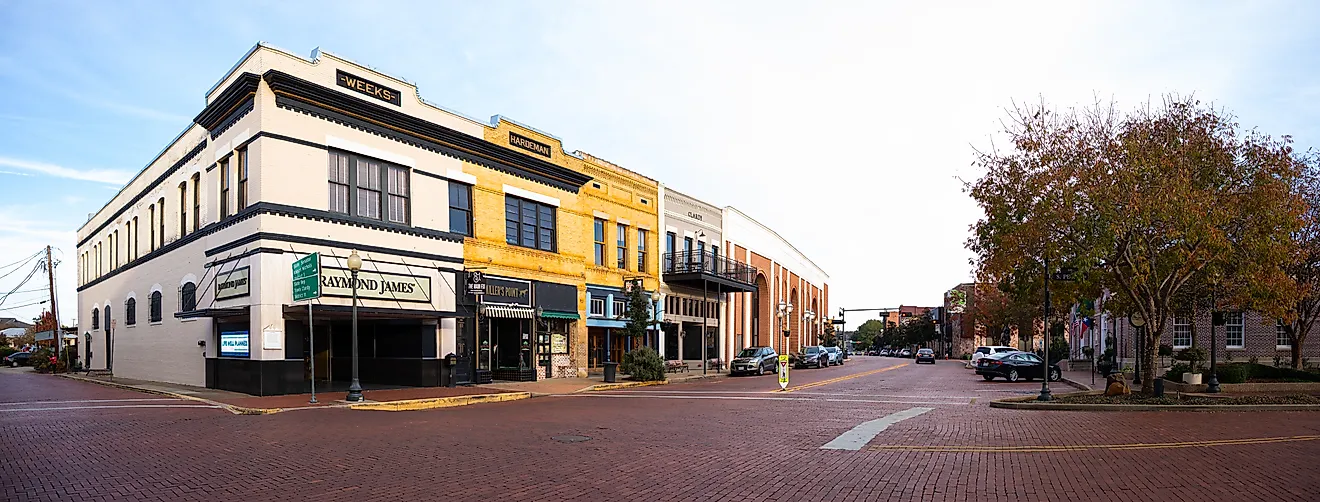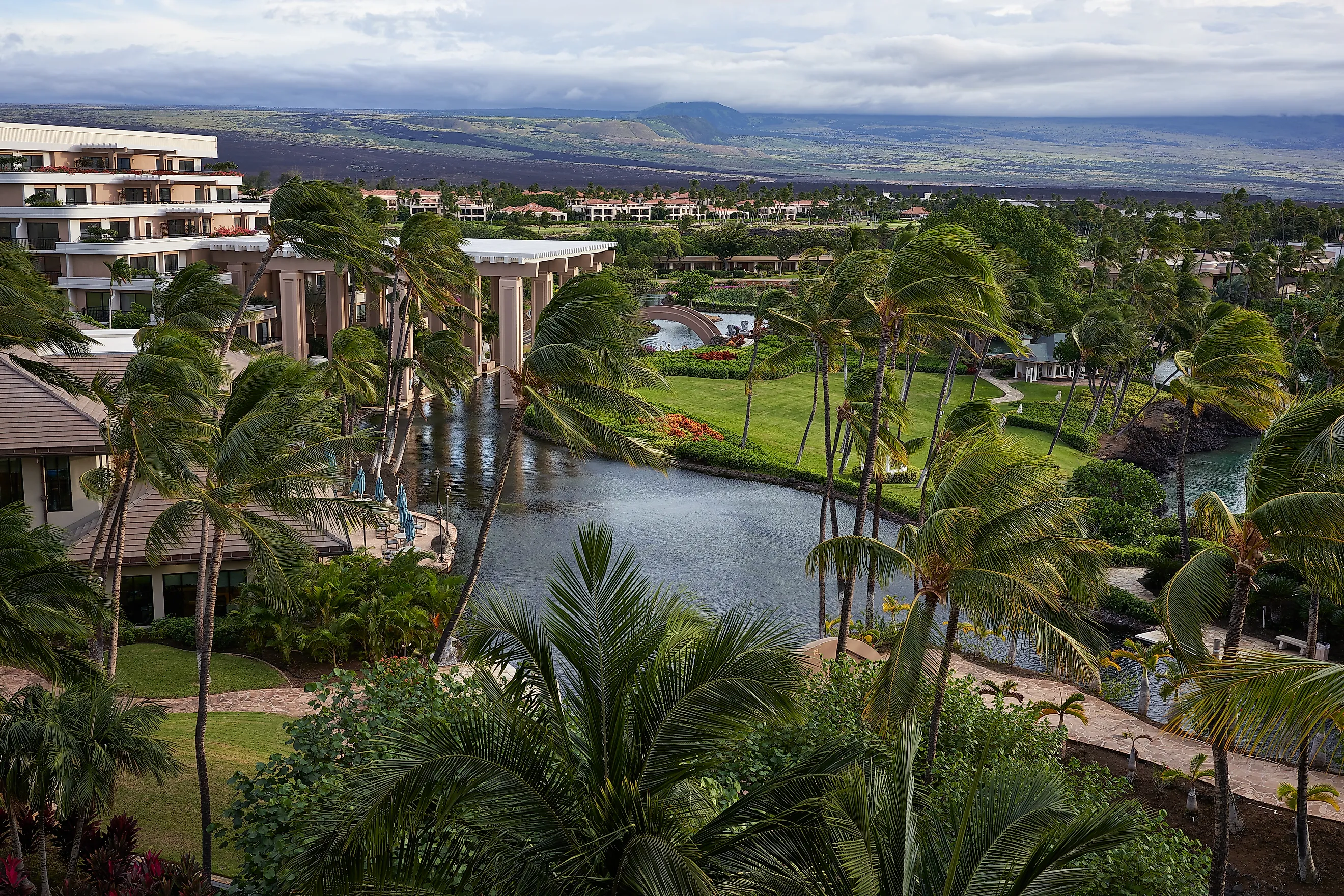
8 Most Overlooked Hawaii Towns For 2025
Hawaii isn't just Honolulu, Waikiki, and the usual tourist traps. Beyond the well-trodden paths are towns that move at a different pace, where local life, beaches, farms, and natural wonders coexist with a rhythm all their own. From small coastal communities to lush upcountry towns, these overlooked spots offer a mix of adventure, culture, and quiet that most visitors never experience. From Hanalei’s crescent bay backed by emerald ridges to Makawao’s paniolo rodeos in Maui’s upcountry, the eight most overlooked Hawaii towns for 2025 reveal a side of the islands that feels more local, authentic, and memorable.
Hanalei
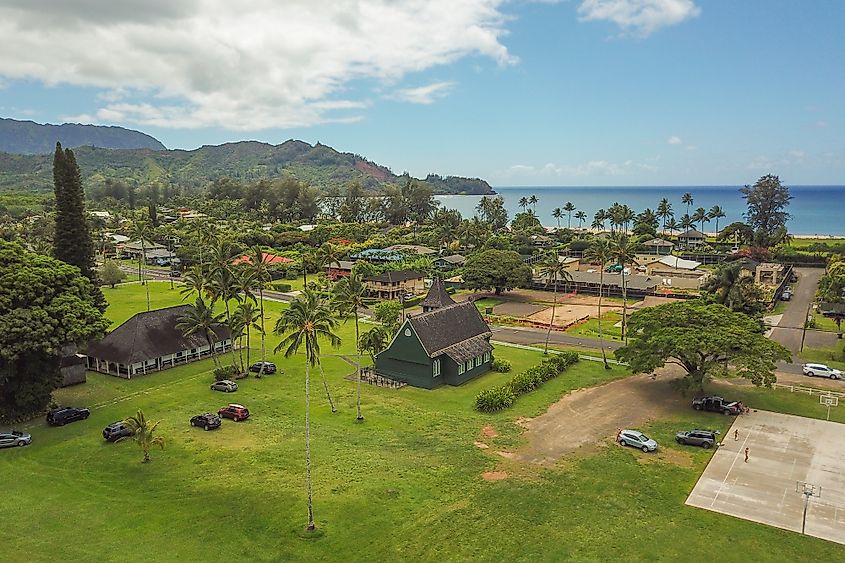
On Kaua'i's north shore, Hanalei arcs around a two-mile bay bracketed by the Hanalei River and the ridges of Namolokama, often overshadowed by resort-heavy Princeville next door. Hanalei Bay's curving sand and the 1892 Hanalei Pier (rebuilt some years later) form the town's front yard, with gentle summer surf and winter breaks. A few blocks inland, the green-shingled Wai'oli Hui'ia Church and the 1837 Wai'oli Mission House sit on the mountainside of Kuhio Highway. Numerous smoothie bars and restaurants occupy the town, including Tahiti Nui, which is known for its mai tais and house-made pizza. Outfitters like Kayak Hanalei launch right from the river or paddle runs through the wildlife-rich estuary and into the bay, all within the town footprint.
Waikoloa
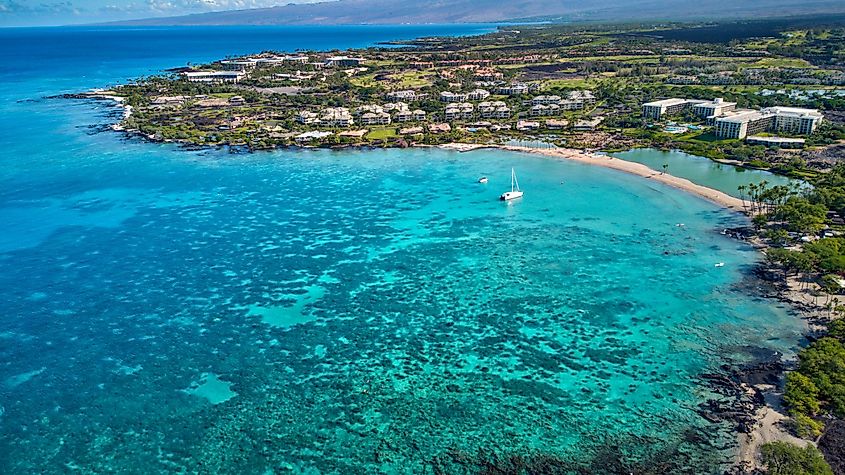
Waikoloa sits on Hawai'i Island's South Kohala coast, split between the resort-lined shore and the quieter inland Waikoloa Village. But this isn't a major Hawaiian resort town like Kona. It's somewhere comfortable to stay that isn't swarmed by people. The resort strip centers on Anaeho'omalu Bay, where a shallow, reef-framed shoreline lets families paddle, snorkel, or walk past restored Hawaiian fishponds. Shopping and casual nights can be found at Kings' Shops and Queen's Marketplace, both lakeside complexes inside the Waikoloa Beach Resort, with restaurants, galleries, and a regular night market. A short walk from the malls drops you onto the Waikoloa Petroglyph Reserve. Here, hundreds of ancient carved motifs press into lava and mark the area's long human history.
Paia
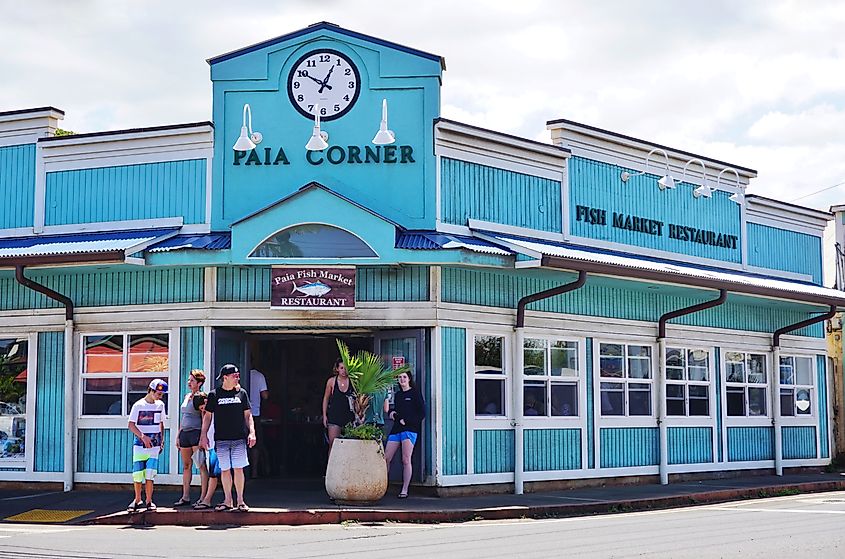
Paia is the town most people speed through on their way to Hana or Peahi, AKA 'Jaws', one of the most popular and intense surfing spots in Hawaii. But those who know its value always find time to stop and explore. Foodies, in particular, know something about this tiny Maui town. This is mostly because of Mama's Fish House, a higher-end restaurant just off the beach, which features fresh catches of the day. However, less expensive spots like Mana Foods, a throwback grocery that doubles as a community hub, and Paia Fish Market are also 'musts' for those who travel, in part, for the food. The plantation-era town is also home to Ho'okipa Beach Park, a world-famous windsurfing area that also shelters honu and calmer pools in the summer.
Hale'iwa
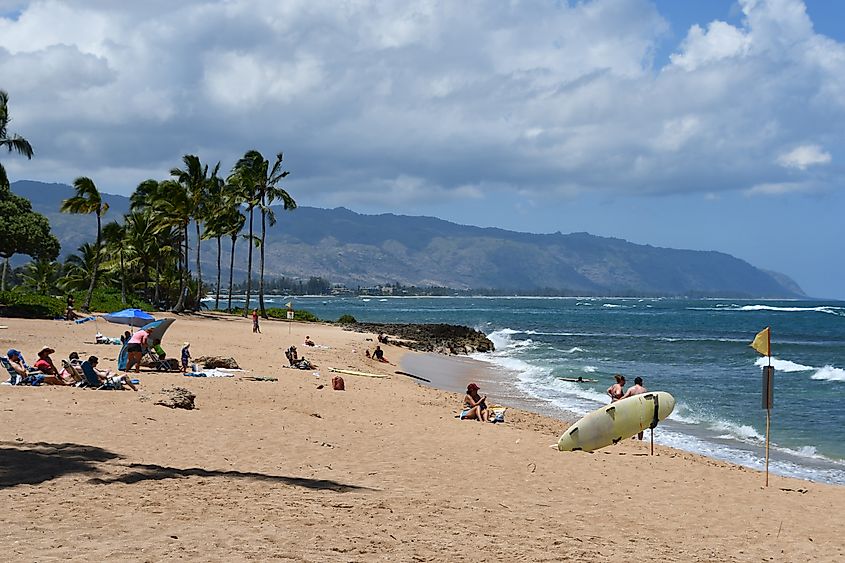
Most travelers chase the big-wave names on O'ahu's North Shore, but Hale'iwa rarely gets the same attention. Sitting where the Anahulu River meets Waialua Bay, the town works at a slower pace than its surf-famous neighbors. Its main drag along Kamehameha Highway isn't a staged resort strip but a lived-in stretch of century-old wooden storefronts, local diners, and surf shops that still serve the community first. The shoreline here is less about spectacle and more about utility: paddlers move between the river and the Pacific Ocean, families swim off Hale'iwa Ali'i Beach and Pua'ena Point Beach Park, and surf schools practice in small, forgiving waves. Even its best-known draws, Matsumoto Shave Ice or the creaky Surf N Sea Shop, aren't manufactured attractions, but extensions of decades-long routines.
Na'alehu
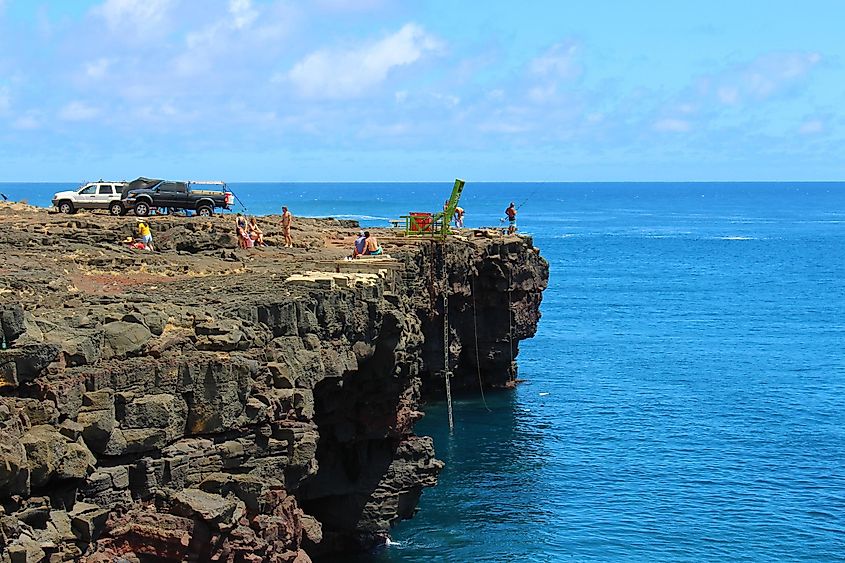
Na'alehu doesn't get the spotlight, but it owns a unique title: the southernmost town in the United States. Sitting in the Ka'u District of the Big Island of Hawaii, it's wedged between the volcanic pasturelands near Hawaii Volcanoes National Park and the Pacific, with about 800 residents who keep things grounded. The Punalu'u Bake Shop anchors the town, turning out malasadas and sweet bread that people detour for. A few minutes down Highway 11, Punalu'u Black Sand Beach draws attention with nesting honu sprawled across lava rock. Just beyond town, South Point (Ka Lae) juts into the sea with cliffs where locals fish and cliff-jump. And tucked close by is Papakolea, the rare green sand beach carved into a cinder cone of Mauna Loa, its olive grains unlike anywhere else in the islands of Hawaii.
Lana'i City
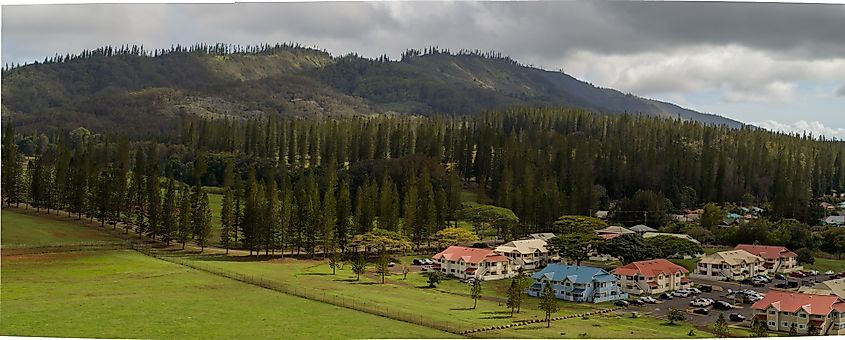
At 1,700 feet in Lana'i's central highlands, Lana'i City is the quiet island's only town and still feels tied to its plantation roots. Built in the 1920s by James Drummond Dole to house workers for what became the world's largest pineapple plantation, the grid of streets now circles around shady Dole Park, where locals gather and mom-and-pop shops open straight onto the grass. The Lana'i Culture & Heritage Center on Lanai Avenue keeps the island's history alive with artifacts and exhibits on both the island's Native Hawaiian past and its pineapple boom. A block away, the Lana'i Art Center doubles as a gallery and a studio, with classes that attract residents and visitors alike. And for a different kind of local fixture, the Lana'i Cat Sanctuary sits on the edge of town, where more than 600 rescued cats roam a sprawling outdoor haven.
Hanapepe
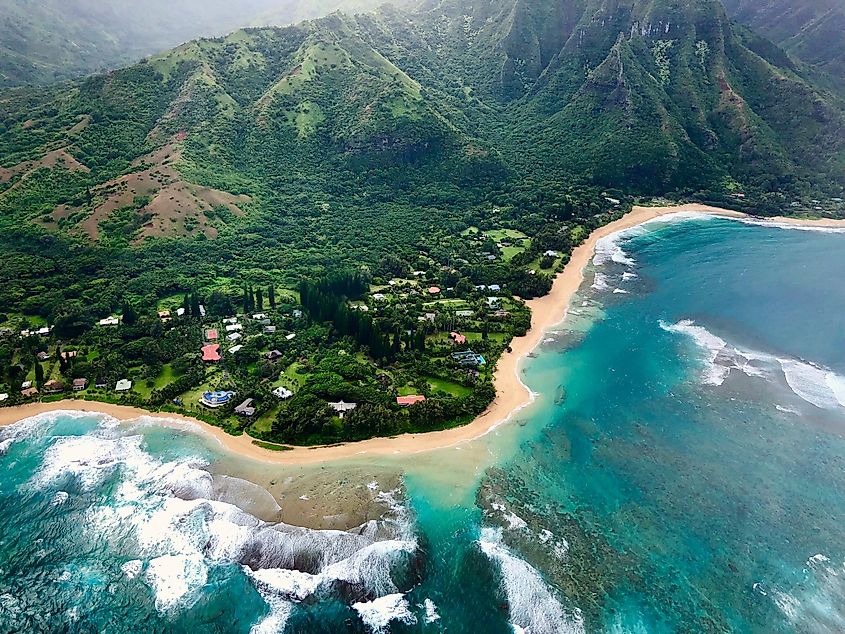
Hanapepe on Kaua'i's south shore, between Koloa and Waimea, calls itself "Kaua'i's Biggest Little Town", but it doesn't need the slogan. Its century-old wooden storefronts and plantation-era grid speak for themselves. By day, the Hanapepe Swinging Bridge still sways locals across the river, a living relic of the sugar plantation era. On Friday Nights, Art Night flips the town into the island's most concentrated art scene, with galleries, live music, and food vendors filling the streets, which are otherwise quiet and overlooked when compared to other Kaua'i resort towns. Foodie staples such as Paco's Tacos and Unko's Kitchen are present year-round. Salt Pond Beach Park borders the western edge of town, where calm water and natural salt pans anchor a tradition of Hawaiian salt harvesting. Hanapepe has also doubled as Hollywood's stand-in: its streets inspired the setting for Disney's Lilo & Stitch and hosted scenes for The Thorn Birds.
Makawao
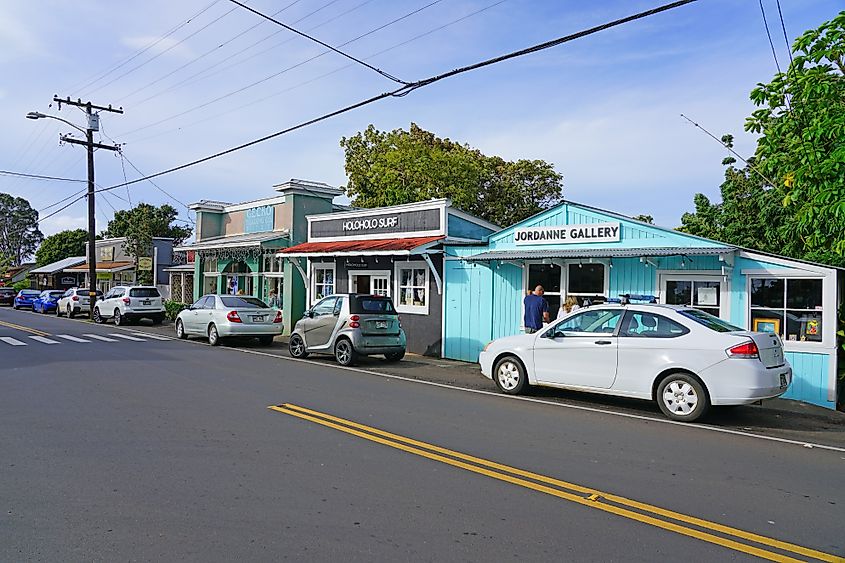
Makawao, perched on the northwest slopes of Haleakala on Maui, is the heart of Upcountry and the island's center for paniolo culture. The town's streets are lined with century-old wooden storefronts, saddle shops, and galleries where working artists shape glass, wood, and paint into pieces you can buy right off the studio floor. T. Komoda Store & Bakery, open since 1916, draws morning lines for its iconic cream puffs and stick donuts. Every July, the Makawao Rodeo revs up the town with barrel racing, bull riding, and Hawaiian twists on classic rodeo events at the Oskie Rice Arena. Nature is steps away at the Makawao Forest Reserve, with trails like the Kahakapao Loop weaving through redwoods and native trees.
Finishing Thoughts
From Lana'i City Dole-era streets and cat sanctuary to Hanapepe's swinging bridge, and Makawao's paniolo rodeos, these overlooked Hawaiian towns pulse with their own culture, history, and character. Each offers a mix of local flavor, hands-on experiences, and landscapes that showcase the islands beyond the resorts. They invite tourists to step into communities shaped by art, agriculture, and tradition rather than the usual tourist traffic. Winter, Spring, Summer, or Fall, these towns are your next 'must' upon visiting America's island-chain state.

